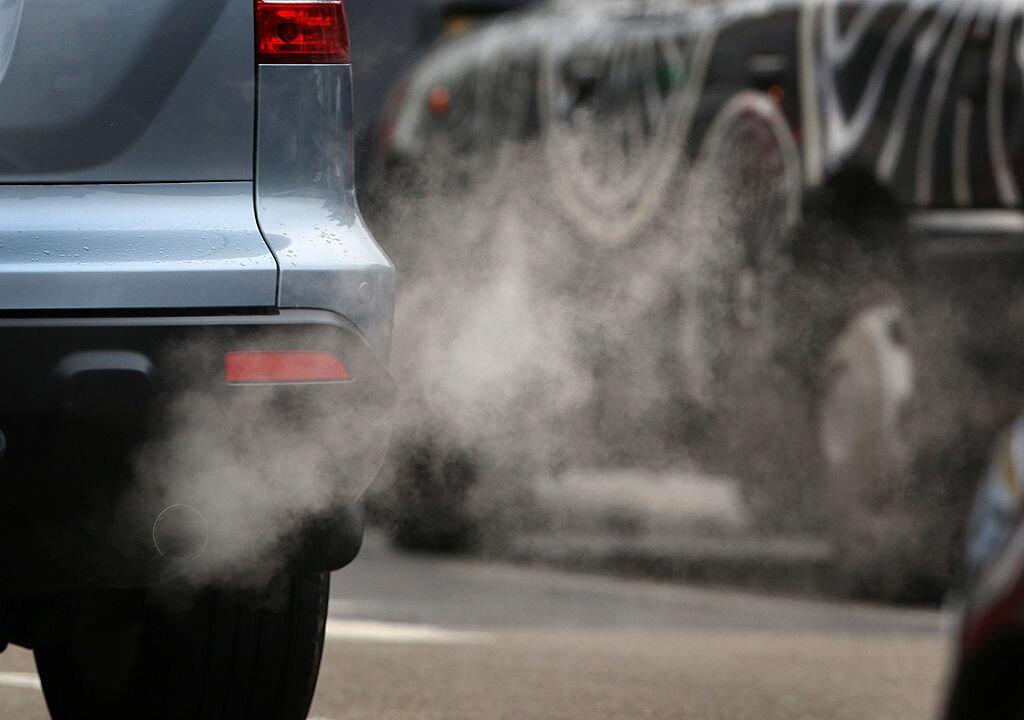Commentary
In a recent proposal, the New South Wales government will enable drivers to buy $80 (US$55) worth of carbon credits when they pay for their car registration to offset their emissions.

In a recent proposal, the New South Wales government will enable drivers to buy $80 (US$55) worth of carbon credits when they pay for their car registration to offset their emissions.